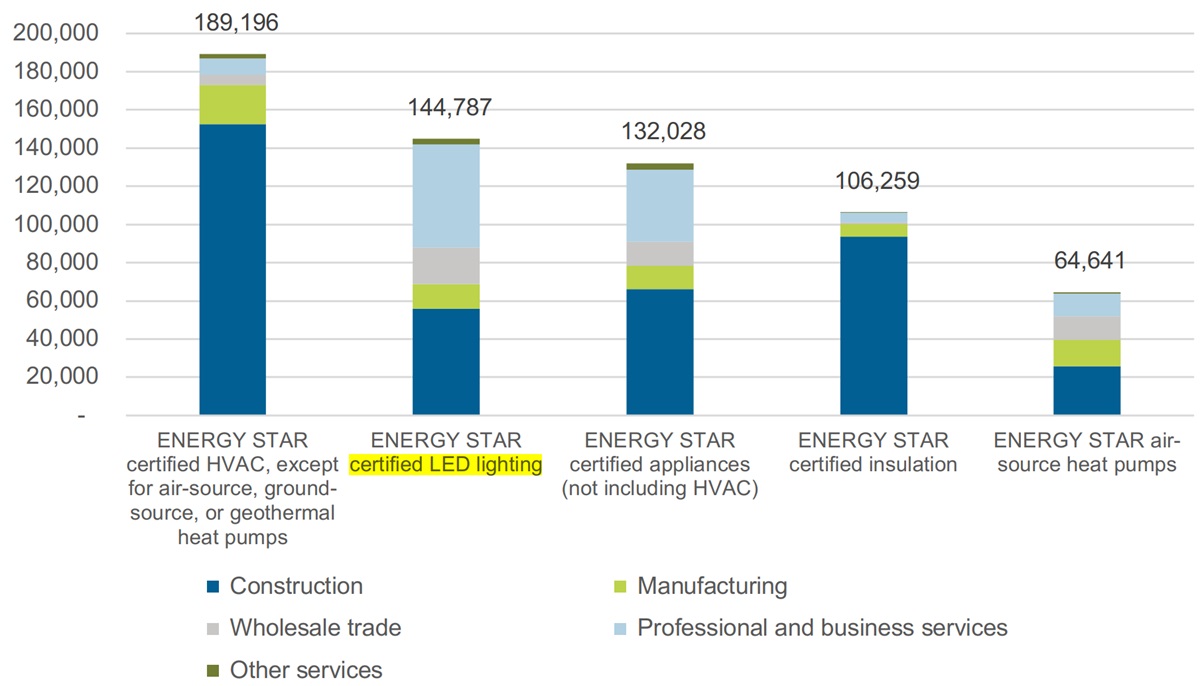November 27, 2023
DOE Launches Diversity Initiative for Energy Sector Careers

Department of Energy aims to close the STEM gap to enhance a diverse energy workforce
The U.S. Department of Energy's (DOE) Office of Energy Efficiency and Renewable Energy (EERE) has announced a Request for Information (RFI) aimed at addressing what it identifies is a need for a more diverse workforce in the American energy sector. This initiative is especially pertinent as it seeks to engage underrepresented groups in science, technology, engineering, and mathematics (STEM) fields, focusing on careers that bolster the nation's transition to clean energy.
According to a report by the Pew Research Center in April 2021, there is a notable underrepresentation of Black and Hispanic workers in the STEM workforce. This disparity is further underscored by the DOE's 2023 U.S. Energy & Employment Jobs Report (USEER), which offers a comprehensive overview of the energy sector's employment demographics, revealing a critical need for a more representative workforce.
The DOE's RFI seeks input from the public, particularly non-profit organizations, on educational and professional development programs that can inspire individuals from underrepresented groups to explore and succeed in STEM-related careers, especially those pertaining to clean energy. Responses to the RFI must be submitted electronically to [email protected] no later than 5 p.m. ET on Friday, January 26, 2024.
Expanding Clean Energy Employment
In 2022, the clean energy sector experienced significant growth in the United States, as highlighted by the 2023 USEER. The report, which tracks employment trends across the energy sector, showed an addition of nearly 300,000 jobs, marking a 3.8% growth. Notably, clean energy jobs, which grew by 3.9%, now constitute over 40% of total energy sector jobs.
The DOE attributes the growth, in part, to recent federal investments in energy initiatives which has fostered major investments in American-made energy. The expansion of clean energy jobs, including in solar and wind technologies, reflects a concerted effort towards achieving the current administration’s goal of 100% clean electricity by 2035 and a net-zero economy by 2050.
Employment in Energy Efficiency Sectors
In 2022, firms working with traditional HVAC products and services constituted the largest segment of EE technology employment, with 564,498 workers, a 2.8% increase from the previous year. ENERGY STAR certified HVAC firms and LED lighting technologies also saw significant employment growth.

Manufacturing, particularly of ENERGY STAR-rated appliances and energy-efficient products, represents a significant portion of the U.S. energy efficiency sector. Approximately 302,318 workers were involved in manufacturing energy-efficient products in 2022.

Charting a Sustainable Future
This drive towards diversifying the STEM workforce in the clean energy sector is not just a matter of social equity but also a strategic necessity for the sustainable growth of the energy sector. As the clean energy transition accelerates, the inclusion of underrepresented populations can provide a much-needed expansion of talent and perspectives, crucial for innovation and progress.
The DOE believes that through the RFI and the insights from the 2023 USEER, this initiative sets a precedent for other sectors to follow. It highlights the intersection of social equity and economic growth, demonstrating that a diverse workforce is integral to achieving the goals of clean energy and sustainability.
Looking forward, the clean energy sector's continued growth, coupled with a concerted effort to include diverse talents, are expected by the DOE to not only bridge the gap in STEM representation but also drive the nation towards a more inclusive and sustainable future.










